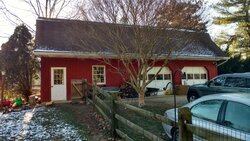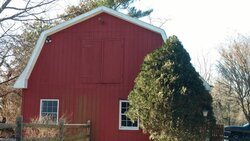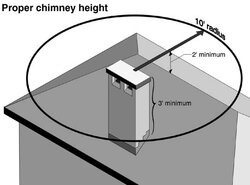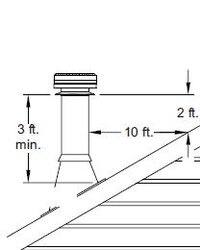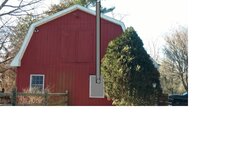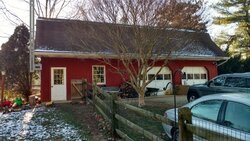I'm looking to put a stove in my woodshop. I have an idea what I need to do, but not sure what the parts I need are called. It's a pole barn. I'm familiar with all the clearance concerns. I plan on putting the stove as close to the center of the room as I can and going straight up with the pipe. I have to penetrate the ceiling and the roof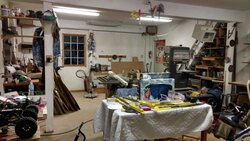 [/URL[URL=http://s285.photobucket.com/user/Dsheats/media/woodshop%20wood%20stove/IMG_20160212_175839265_HDR.jpg.html]
[/URL[URL=http://s285.photobucket.com/user/Dsheats/media/woodshop%20wood%20stove/IMG_20160212_175839265_HDR.jpg.html]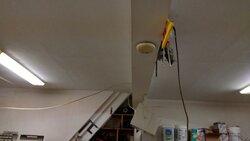 [/URL[URL=http://s285.photobucket.com/user/Dsheats/media/woodshop%20wood%20stove/IMG_20160212_175738779_HDR.jpg.html]
[/URL[URL=http://s285.photobucket.com/user/Dsheats/media/woodshop%20wood%20stove/IMG_20160212_175738779_HDR.jpg.html]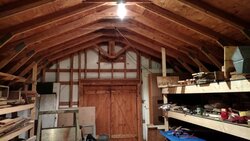 [/URL[URL=http://s285.photobucket.com/user/Dsheats/media/woodshop%20wood%20stove/IMG_20160212_175749127_HDR.jpg.html]
[/URL[URL=http://s285.photobucket.com/user/Dsheats/media/woodshop%20wood%20stove/IMG_20160212_175749127_HDR.jpg.html]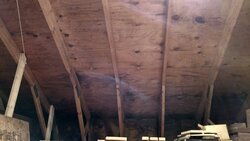 [/URL][/URL][/URL]
[/URL][/URL][/URL]
 [/URL[URL=http://s285.photobucket.com/user/Dsheats/media/woodshop%20wood%20stove/IMG_20160212_175839265_HDR.jpg.html]
[/URL[URL=http://s285.photobucket.com/user/Dsheats/media/woodshop%20wood%20stove/IMG_20160212_175839265_HDR.jpg.html] [/URL[URL=http://s285.photobucket.com/user/Dsheats/media/woodshop%20wood%20stove/IMG_20160212_175738779_HDR.jpg.html]
[/URL[URL=http://s285.photobucket.com/user/Dsheats/media/woodshop%20wood%20stove/IMG_20160212_175738779_HDR.jpg.html] [/URL[URL=http://s285.photobucket.com/user/Dsheats/media/woodshop%20wood%20stove/IMG_20160212_175749127_HDR.jpg.html]
[/URL[URL=http://s285.photobucket.com/user/Dsheats/media/woodshop%20wood%20stove/IMG_20160212_175749127_HDR.jpg.html] [/URL][/URL][/URL]
[/URL][/URL][/URL]

